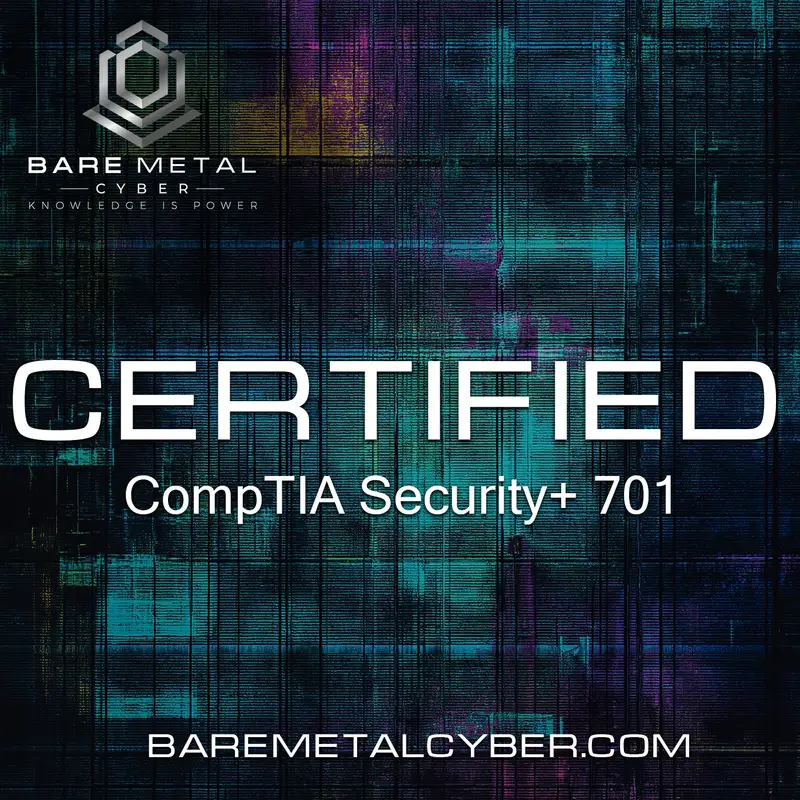All Episodes
Displaying 61 - 90 of 221 in total
Patching and Encryption (Domain 2)
Patching and encryption are two of the most basic yet essential components of any security strategy—one protects against known vulnerabilities, the other safeguards da...
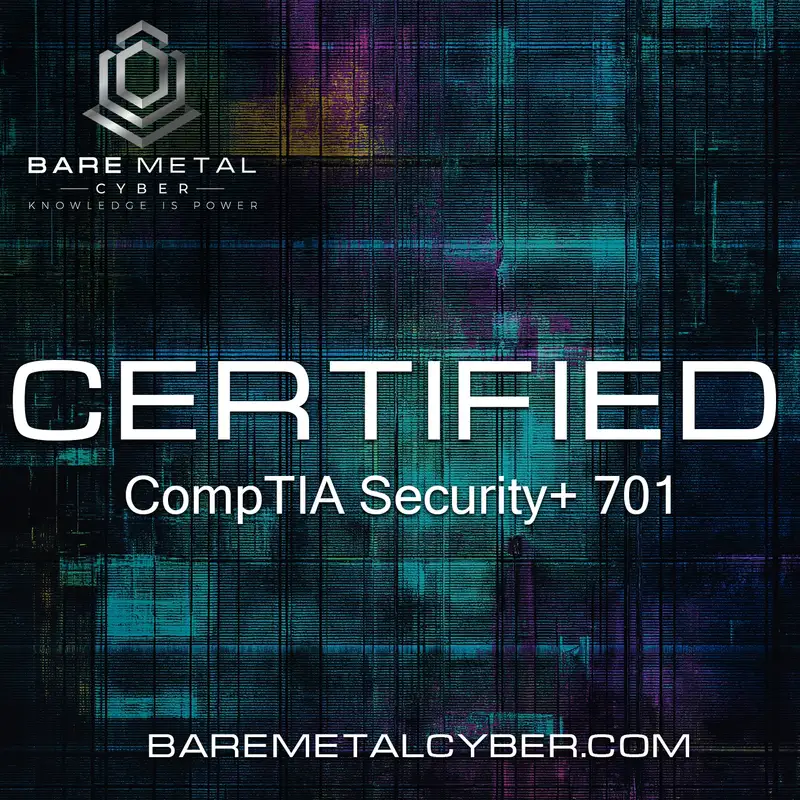
Monitoring and Least Privilege (Domain 2)
Monitoring and the principle of least privilege are two complementary pillars of proactive cybersecurity, enabling both visibility and access limitation. In this episo...
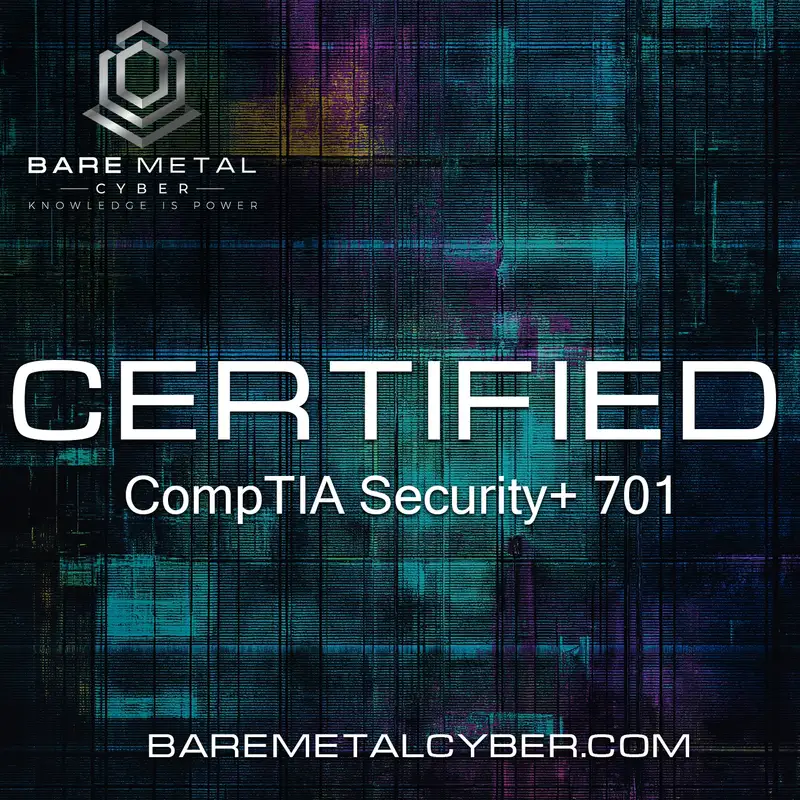
Configuration Enforcement and Decommissioning (Domain 2)
Keeping systems secure isn’t just about building them right—it’s about making sure they stay that way, and knowing how to shut them down properly when they’re no longe...
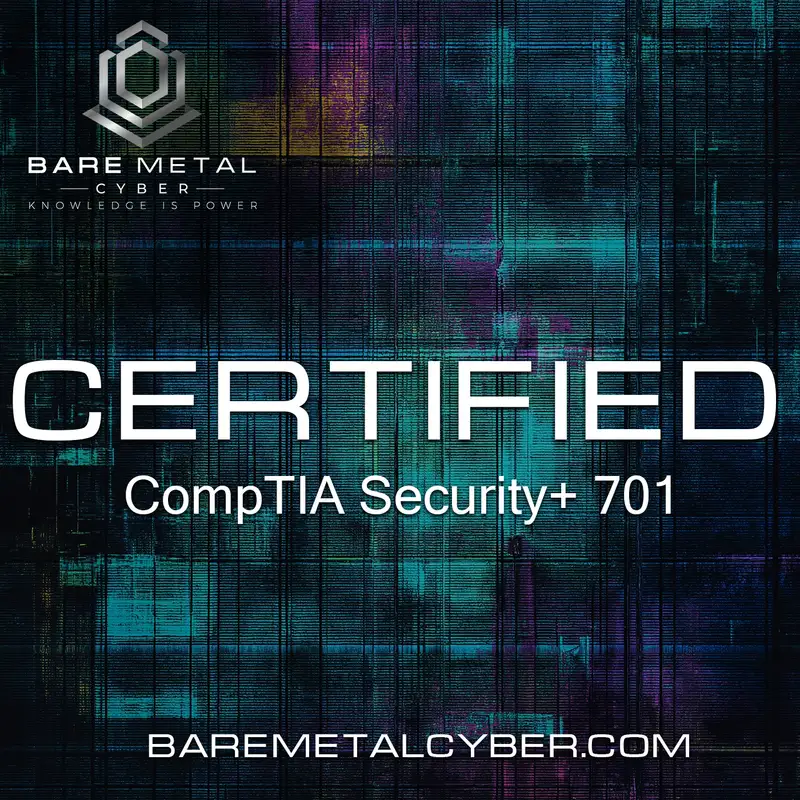
System Hardening Techniques (Part 1) (Domain 2)
System hardening is about reducing the attack surface by eliminating unnecessary features, closing open ports, and enforcing strict policies across endpoints, servers,...
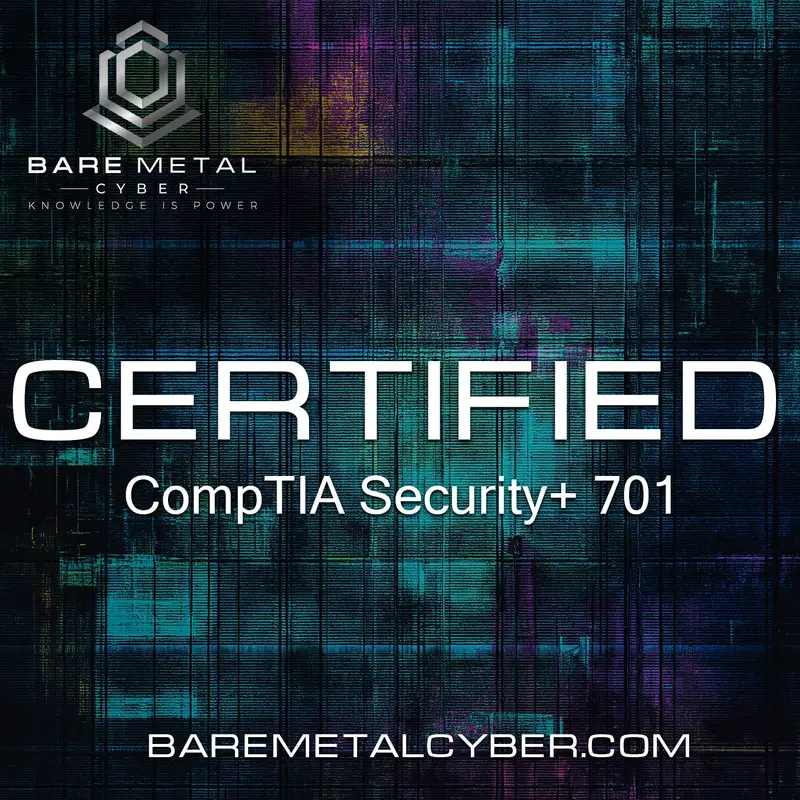
System Hardening Techniques (Part 2) (Domain 2)
Continuing our exploration of system hardening, this episode focuses on host-based firewalls and intrusion prevention systems (HIPS), which defend individual devices b...
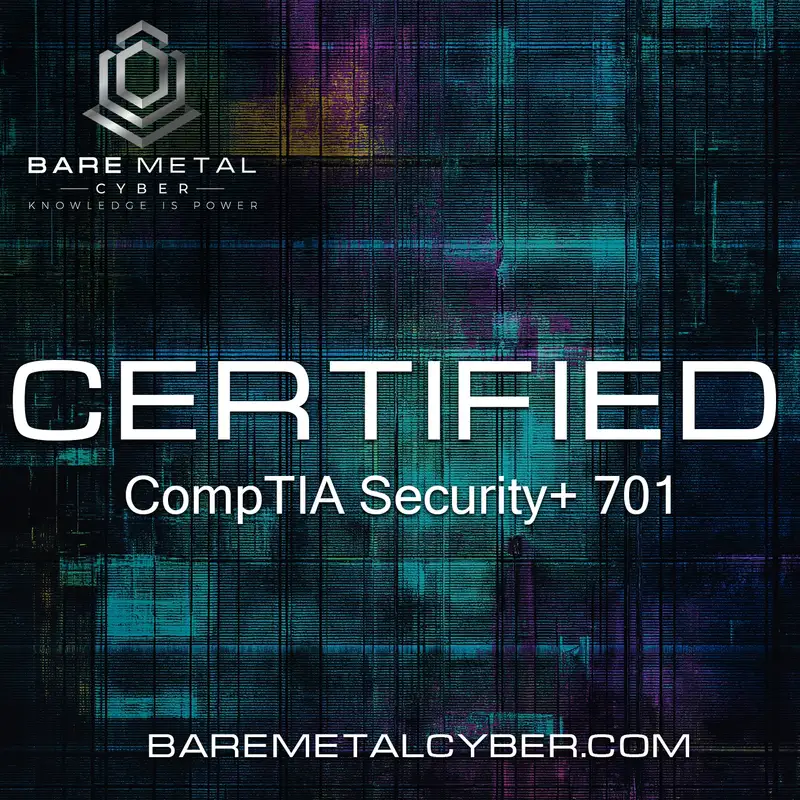
System Hardening Techniques (Part 3) (Domain 2)
In the final part of our system hardening series, we tackle some of the most overlooked but impactful practices: disabling unnecessary ports and services, replacing de...
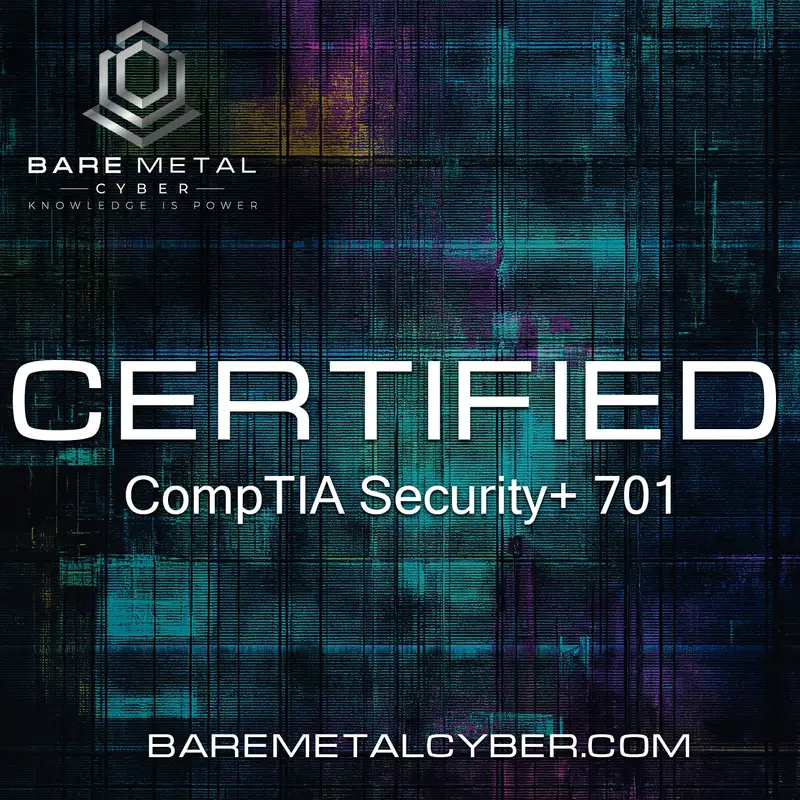
Introduction to Domain Three — Security Architecture
Cybersecurity isn’t just about stopping threats as they happen—it’s also about designing systems that are harder to attack in the first place. And that’s the focus of ...
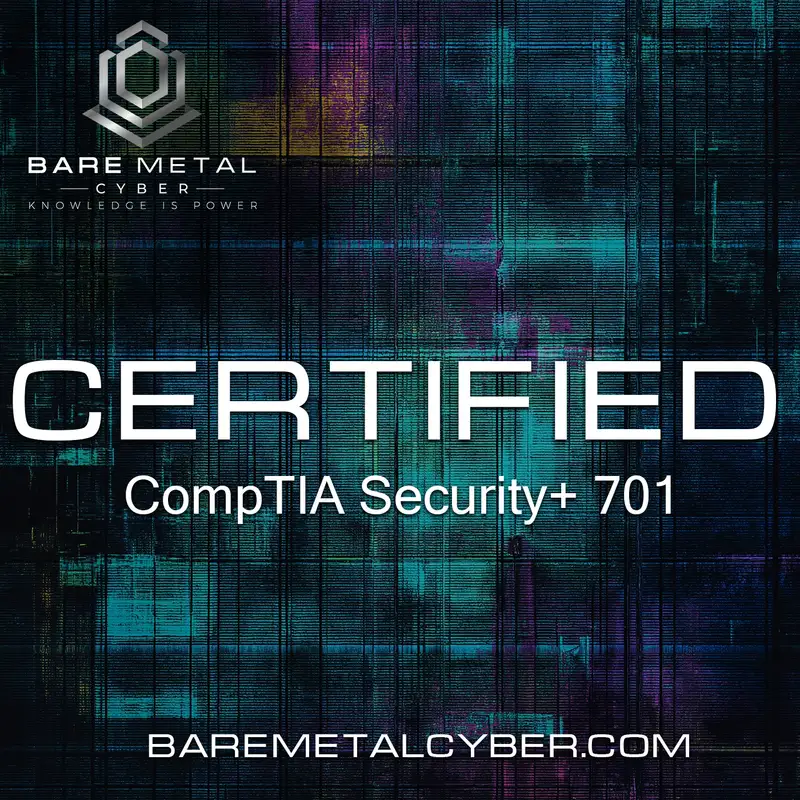
Cloud Architecture and Responsibilities (Domain 3)
Cloud computing changes the game for infrastructure design and security responsibility, requiring organizations to understand not just how services work—but who is acc...
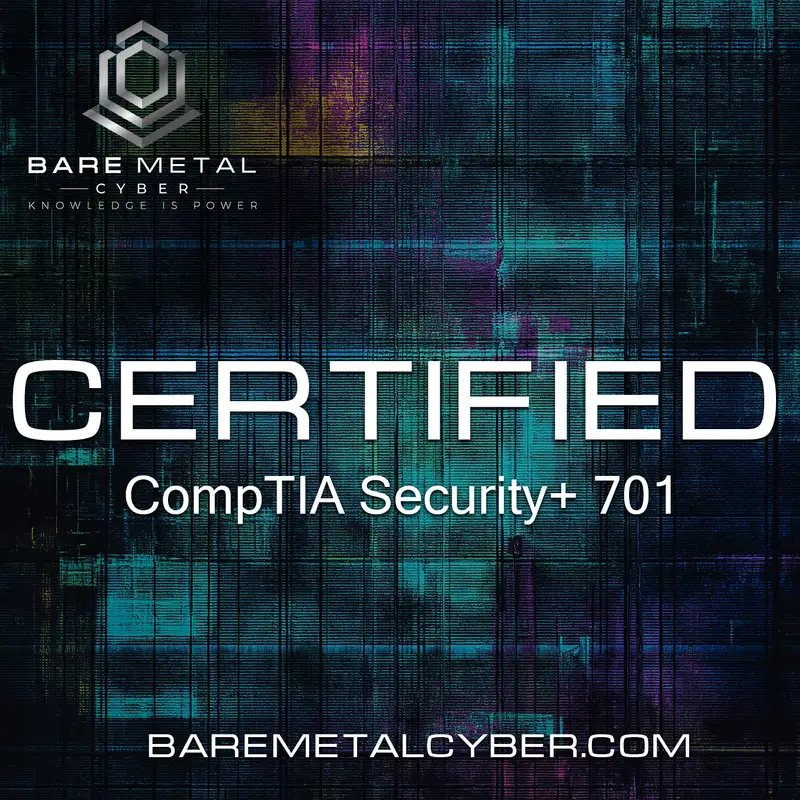
Network Infrastructure Security Models (Domain 3)
Modern networks are no longer simple, flat environments—they are segmented, layered, and increasingly software-defined. In this episode, we explore different infrastru...
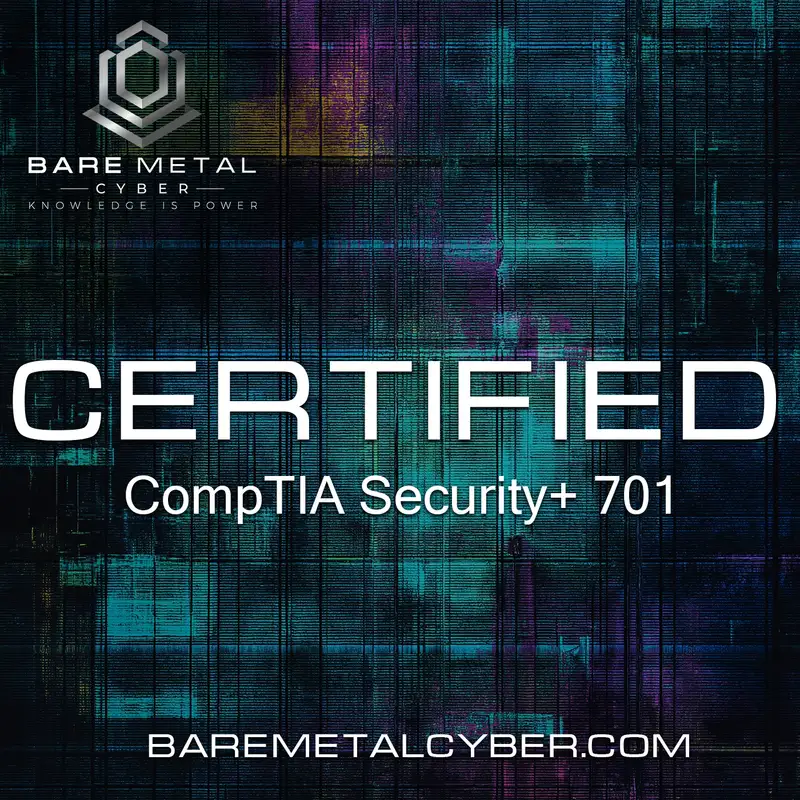
On-Premises, Centralized, and Decentralized Architectures (Domain 3)
Security must adapt to the architecture of the environment it protects, and that starts with understanding how infrastructure is organized. In this episode, we compare...
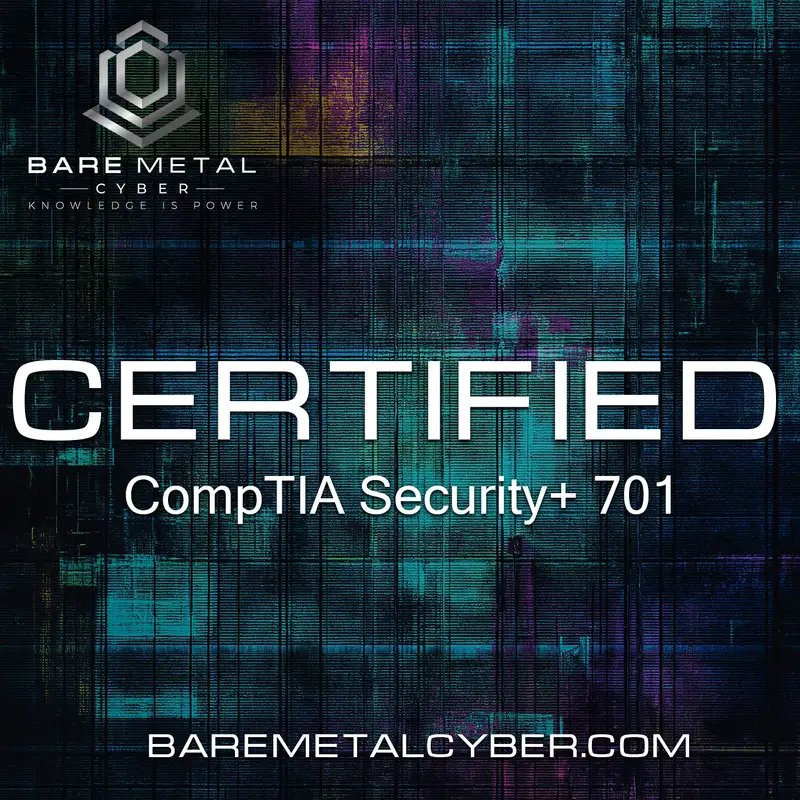
Specialized Architecture Models (Domain 3)
Some systems require specialized architectural models due to their operational roles, legacy constraints, or real-time performance needs. In this episode, we examine s...
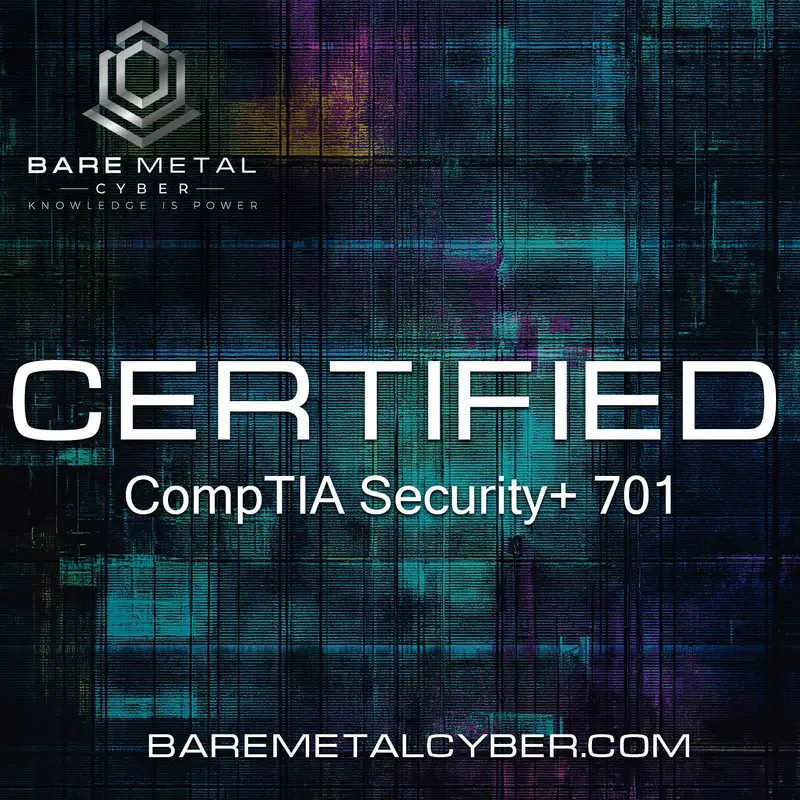
High Availability Architectures (Domain 3)
Availability is one of the core tenets of cybersecurity, and in mission-critical environments, downtime is simply not an option. In this episode, we focus on high avai...
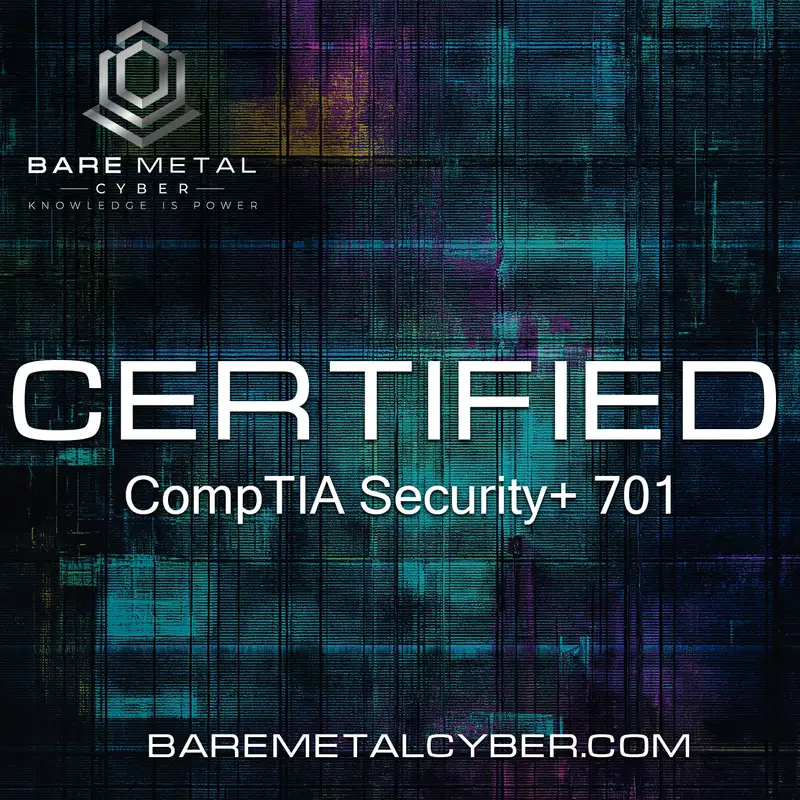
Architecture Security Considerations (Part 1) (Domain 3)
Designing secure systems means weighing a variety of architectural considerations, and in this episode, we begin by focusing on availability, resilience, and cost. We ...
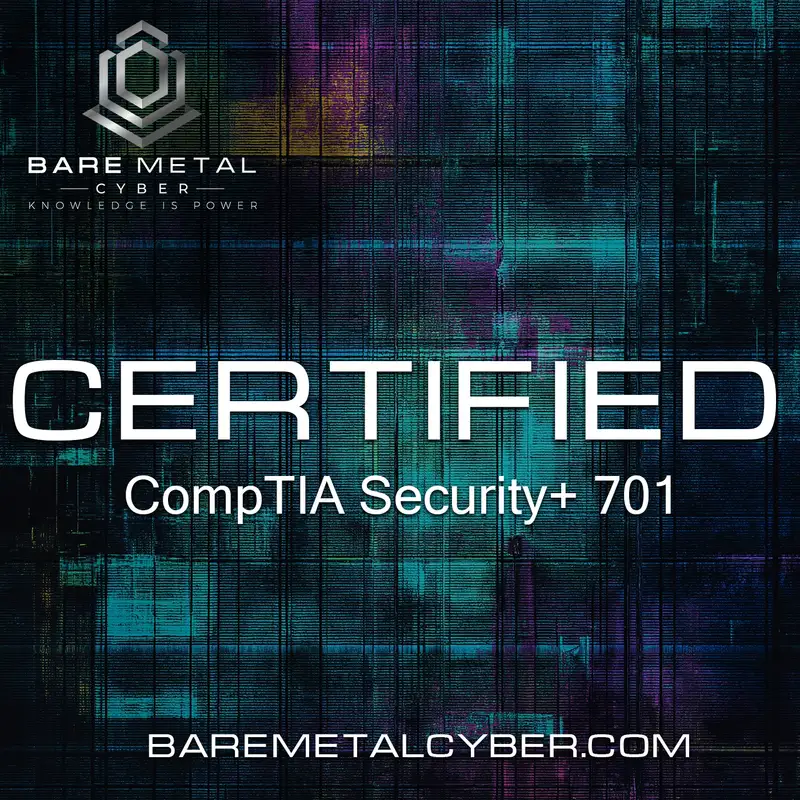
Architecture Security Considerations (Part 2) (Domain 3)
Responsiveness, scalability, and ease of deployment are three more pillars that heavily influence secure architecture decisions, especially in environments where adapt...
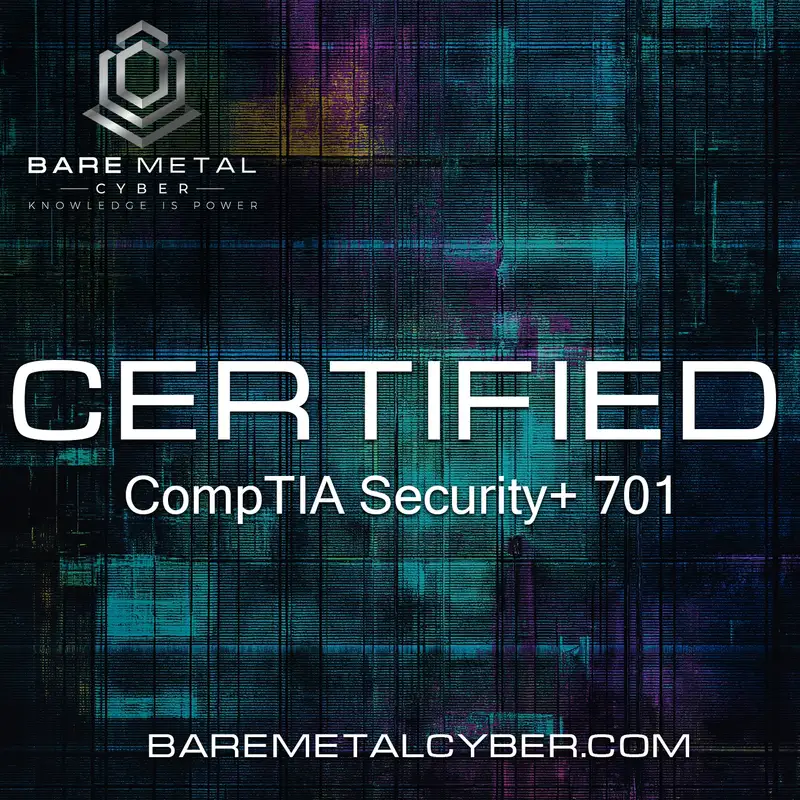
Architecture Security Considerations (Part 3) (Domain 3)
In this final installment on architectural considerations, we focus on risk transference, ease of recovery, and the practical realities of patch availability and compu...
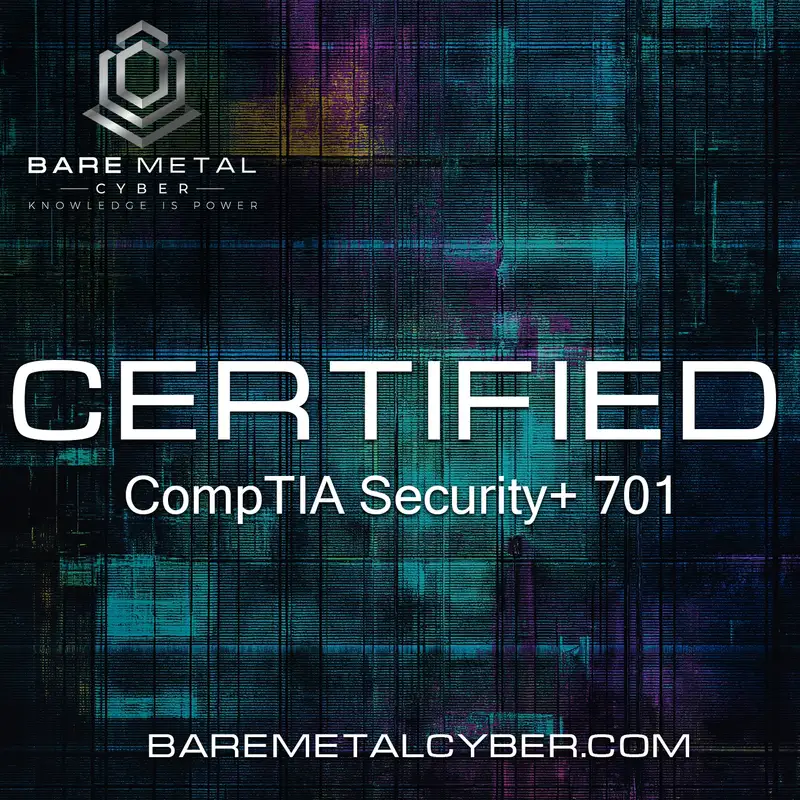
Infrastructure Security Foundations (Domain 3)
Securing infrastructure starts with design decisions about where and how devices are placed, how data flows, and where trust boundaries begin and end. In this episode,...
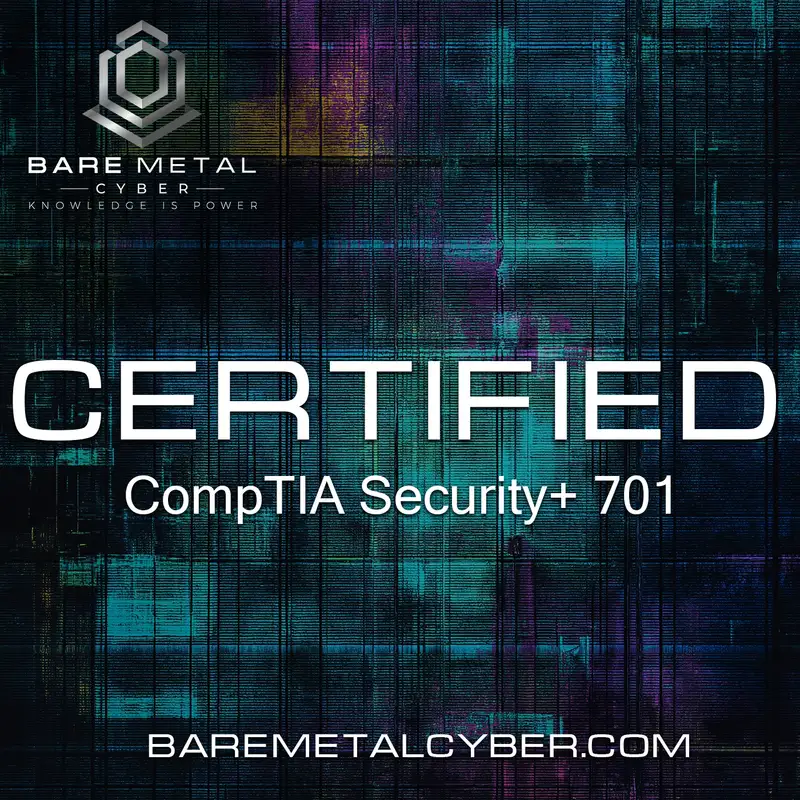
Connectivity and Failure Modes (Domain 3)
Connectivity powers modern organizations, but with it comes risk—especially when failure modes are not considered in the security design. In this episode, we explore w...
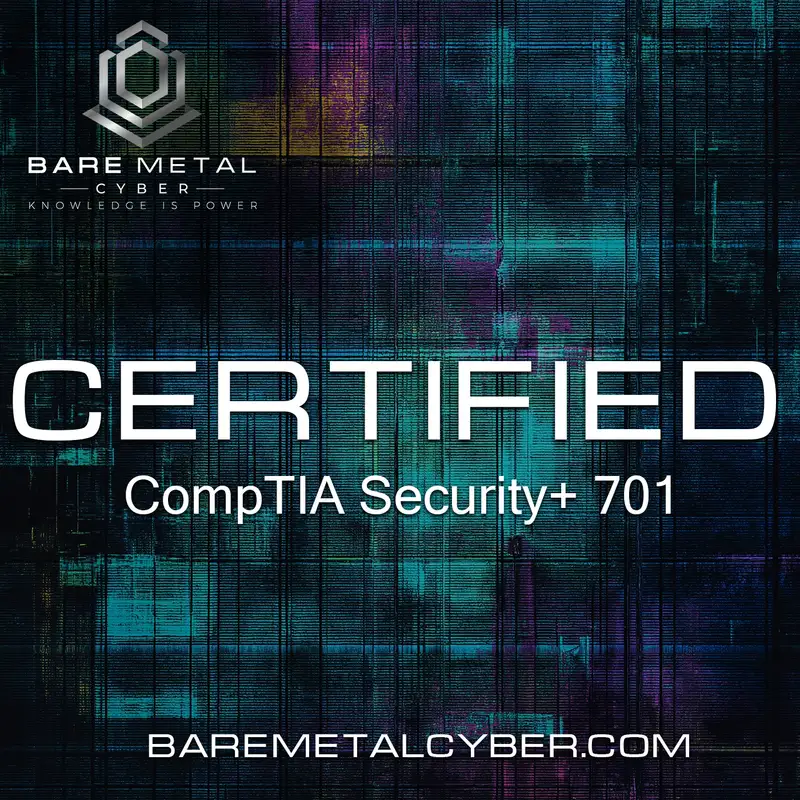
Device Attributes and Network Appliances (Domain 3)
Security isn’t just about policies and firewalls—it’s also about the capabilities and placement of the physical and virtual devices enforcing them. In this episode, we...
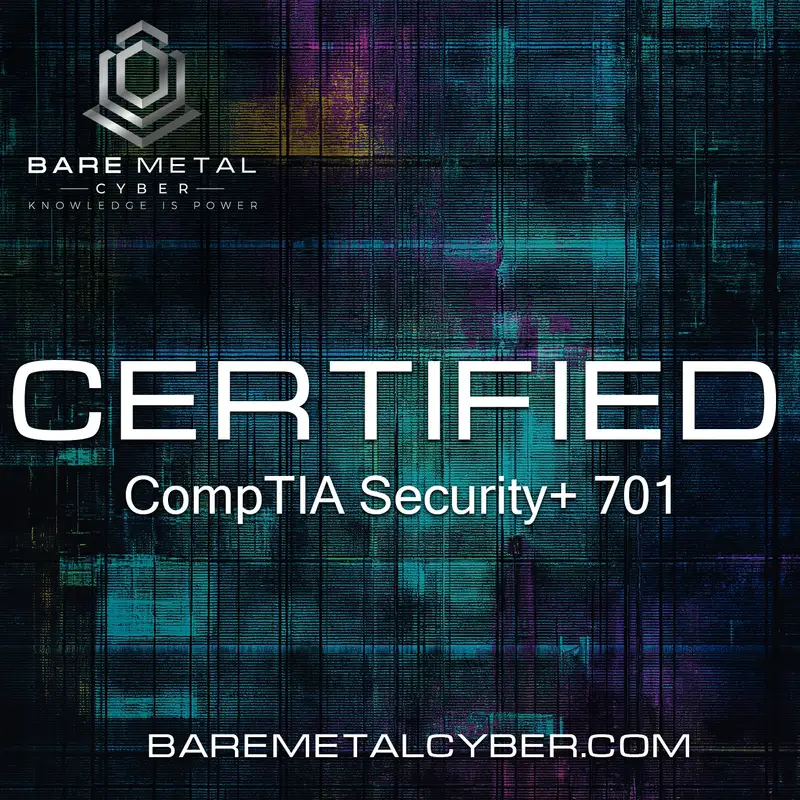
Load Balancers and Sensors (Domain 3)
Load balancers and network sensors are often associated with performance and visibility—but they are just as critical to your security architecture. In this episode, w...
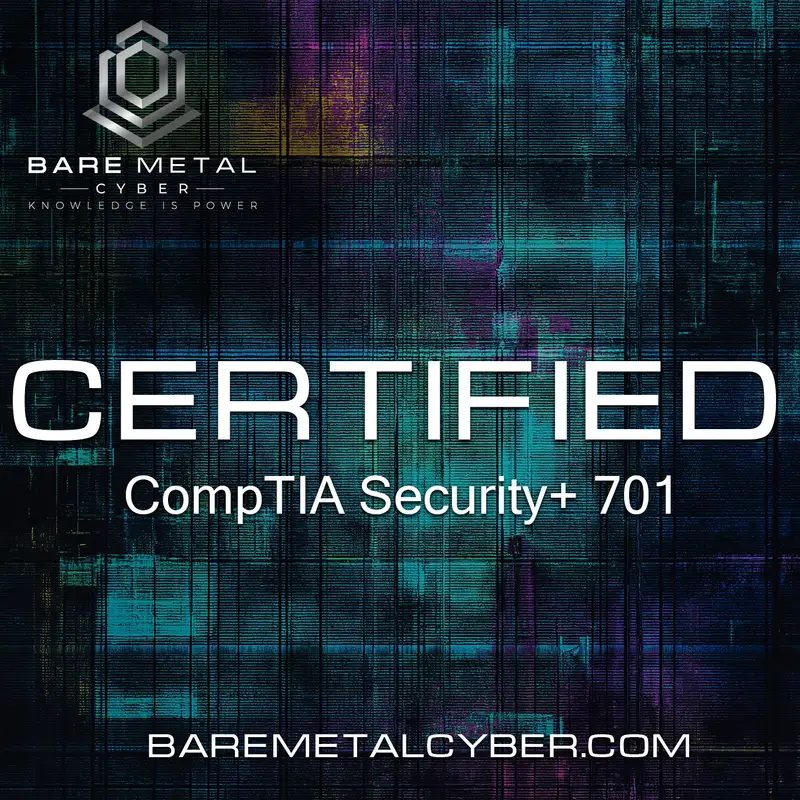
Port Security and Authentication Protocols (Domain 3)
Every port on your network is a potential doorway, and port security ensures those doors stay locked unless explicitly authorized. In this episode, we examine how tech...
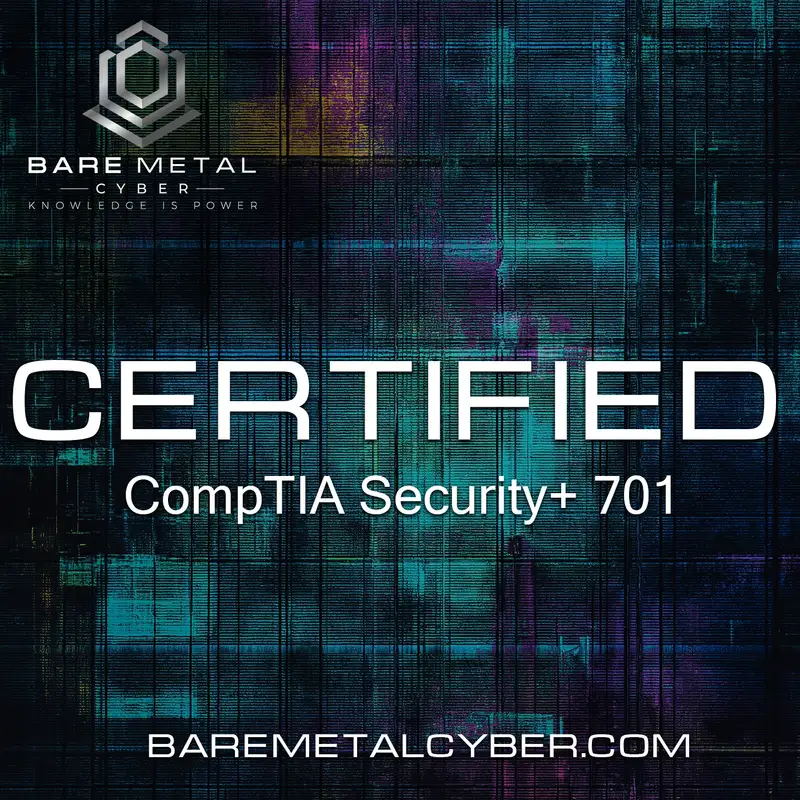
Firewalls and Security Gateways (Domain 3)
Firewalls are one of the oldest and most trusted tools in network defense, but today’s environments require more than just simple packet filtering. In this episode, we...
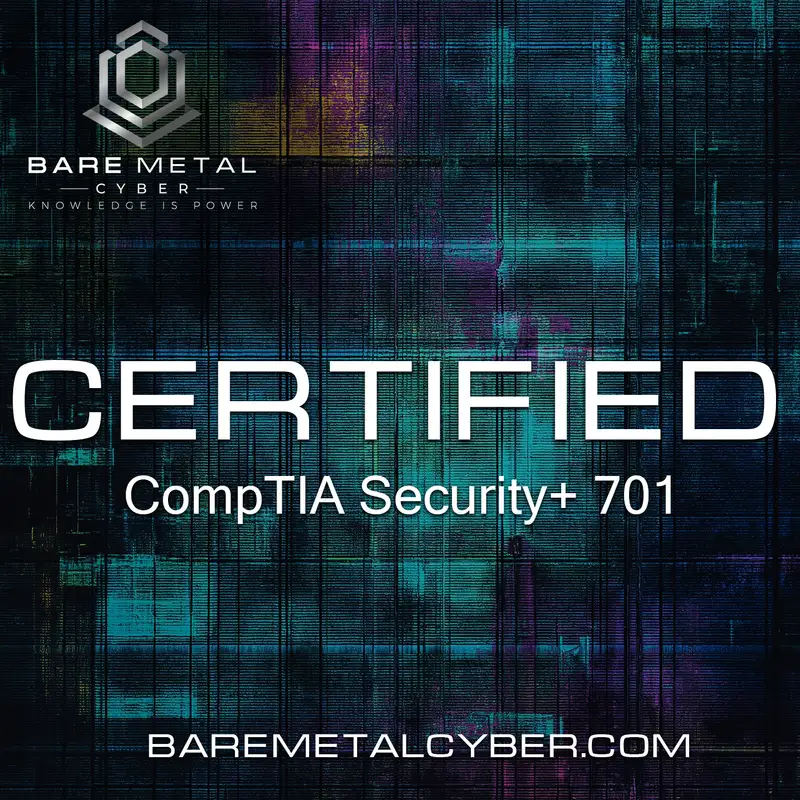
Secure Communication and Remote Access (Domain 3)
As remote work and distributed systems become the norm, securing communication across potentially hostile networks is more important than ever. In this episode, we exp...
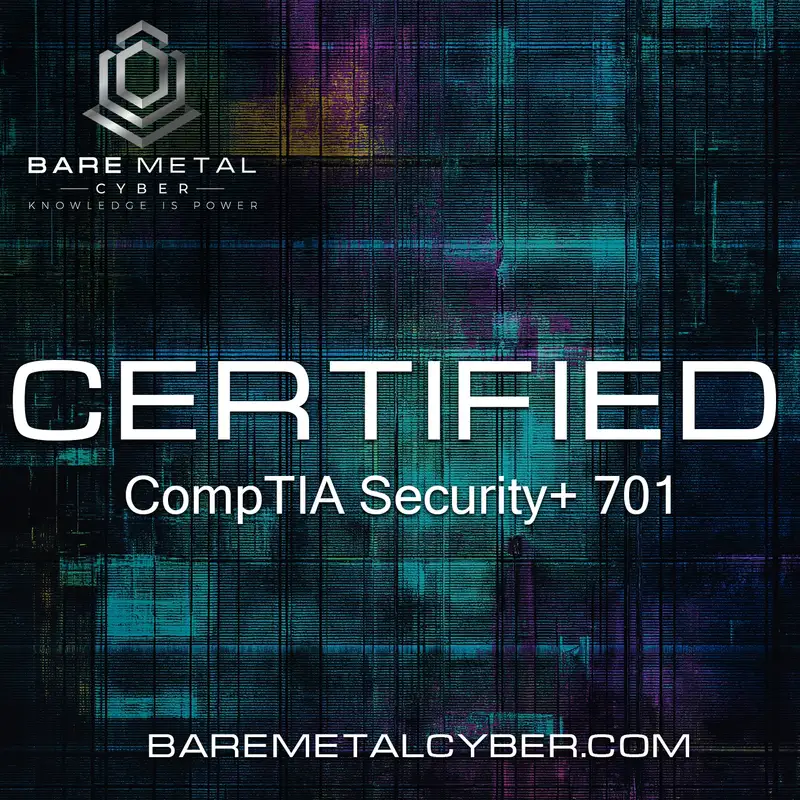
Advanced Secure Access Solutions (Domain 3)
Traditional perimeter security isn’t enough in a world of mobile users, cloud resources, and third-party integrations. In this episode, we explore advanced secure acce...
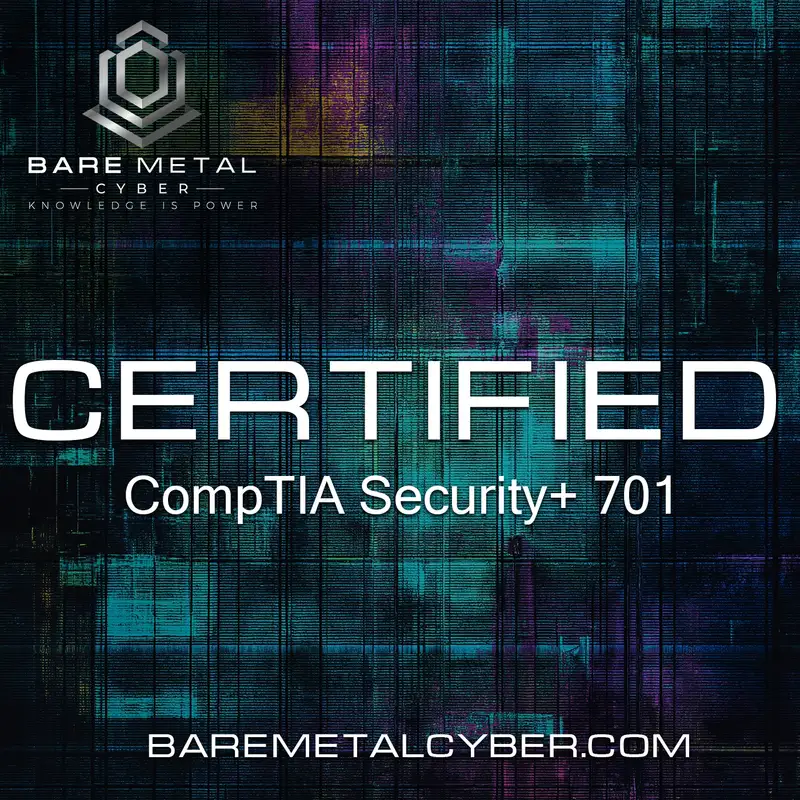
Selecting Effective Security Controls (Domain 3)
Choosing the right security controls is not about applying everything—it’s about applying the right things, in the right places, at the right time. This episode guides...
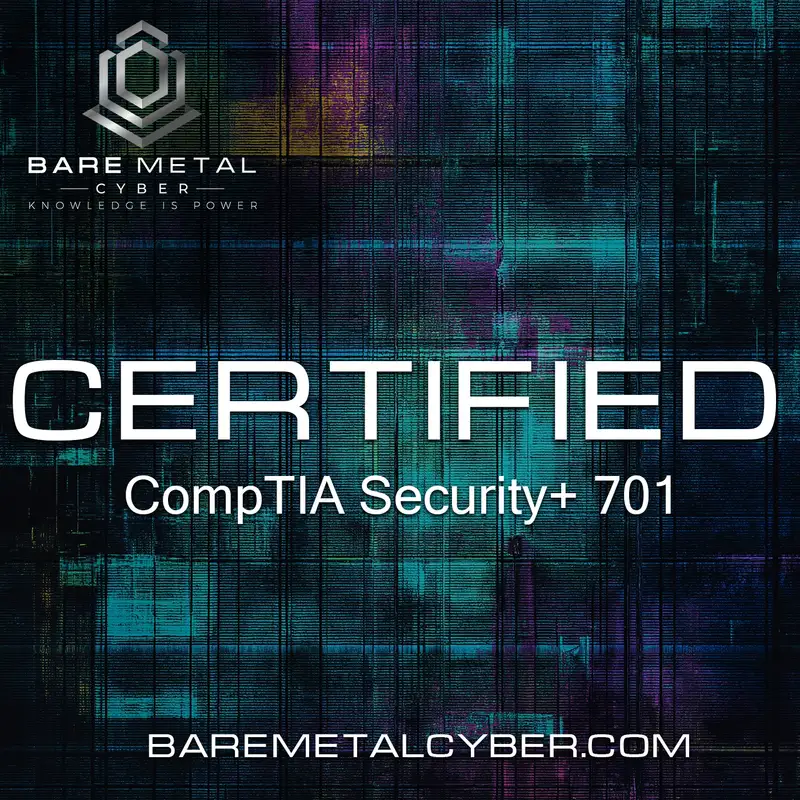
Data Types and Their Protection (Domain 3)
Data is not monolithic—its classification and context determine how it should be secured. In this episode, we explore different types of data, including regulated data...

Human vs. Non-human Readable Data (Domain 3)
Not all data is meant for human eyes, and in cybersecurity, understanding the distinction between human-readable and non-human-readable data formats is vital for apply...
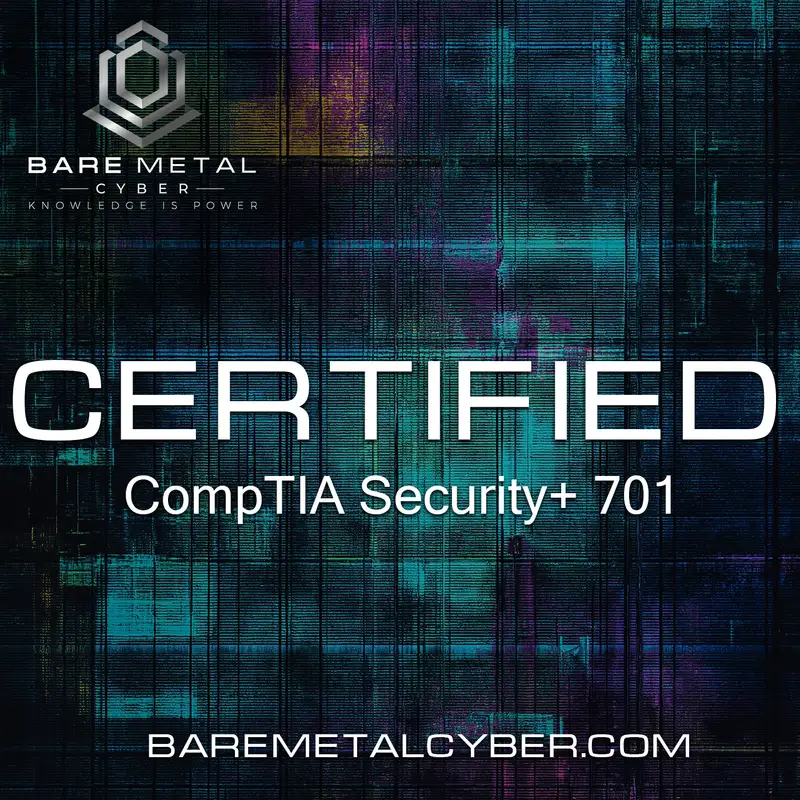
Data Classification Strategies (Part 1) (Domain 3)
Data classification provides the foundation for applying security controls based on risk and sensitivity, and in this episode, we examine the first part of a two-part ...
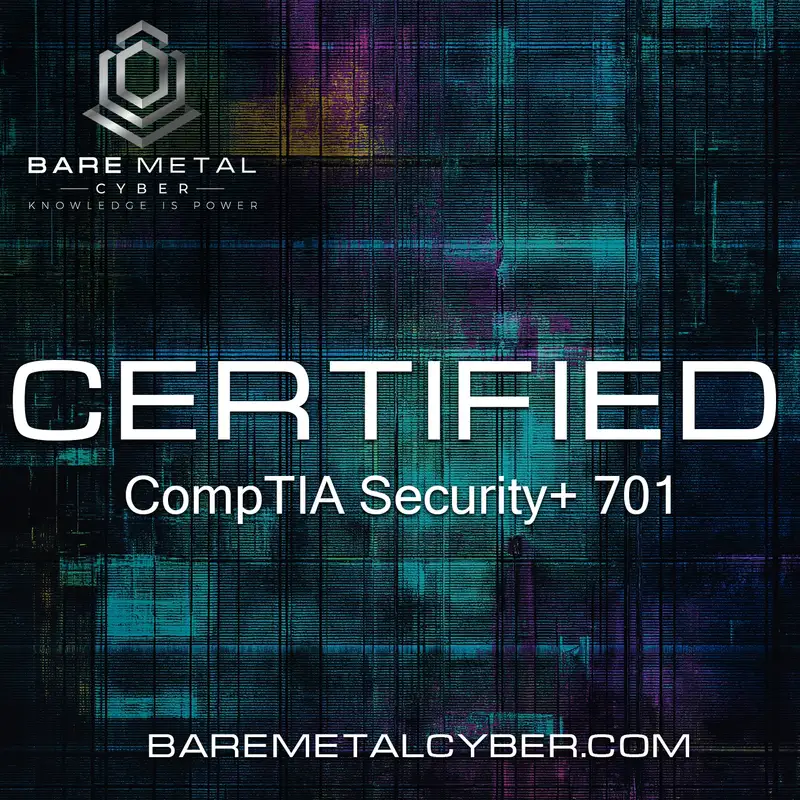
Data Classification Strategies (Part 2) (Domain 3)
Building on the foundation from part one, this episode explores public and private data categories, the importance of policy-driven classification, and how to implemen...
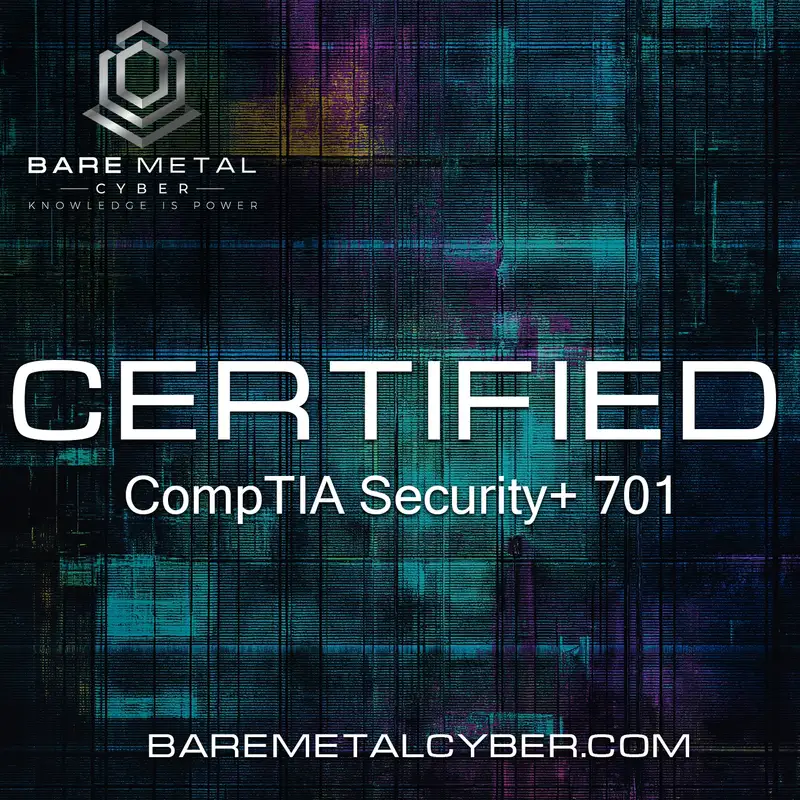
General Data Considerations – States of Data (Domain 3)
Data security isn’t just about what kind of data you’re protecting—it’s also about when and where that data is at any given time. In this episode, we explore the three...
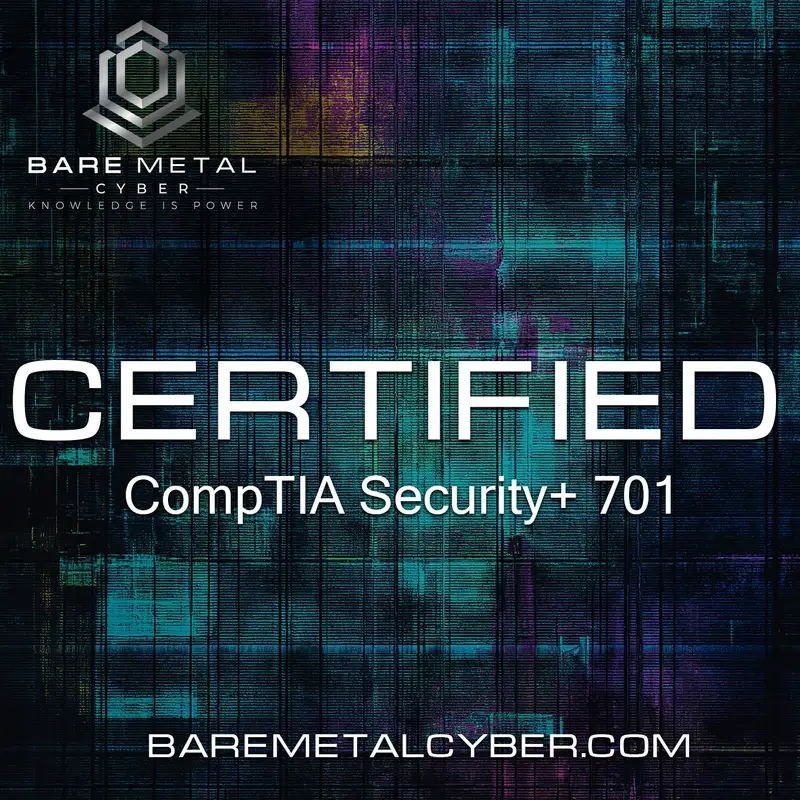
Data Sovereignty and Geolocation (Domain 3)
Where data physically resides has become a legal and operational priority for organizations operating in an increasingly globalized and regulated world. In this episod...
